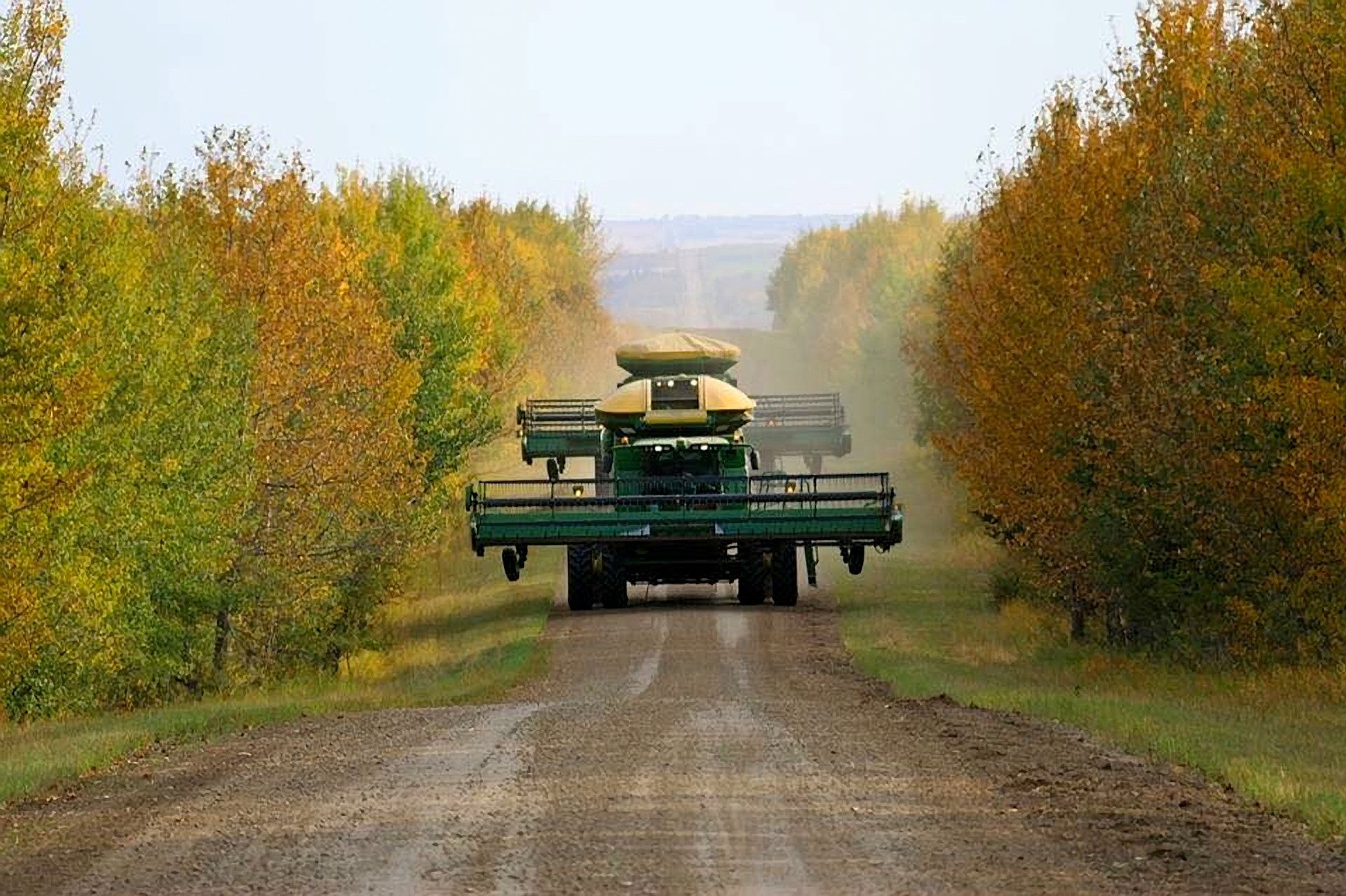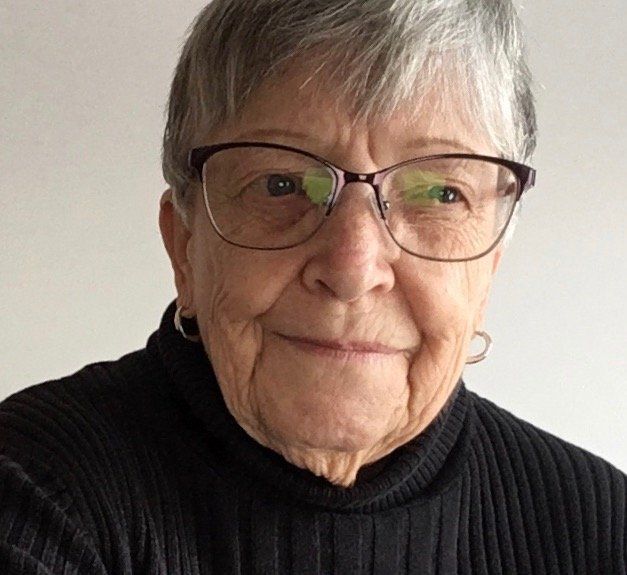It’s harvest time across the prairies; a time when leaves turn to gold and farmer’s stomachs turn and churn. It’s the annual harvest tradition of long, hard days and nights to get the crop into the bins on time, of meals eaten in the fields off the tail gate of the truck, of lawn chairs gathered around the hampers. With a cup of coffee in hand, grain chaff sifting off the combine, farming families will talk of weather forecasts, how the grain is running and whether to switch bins.
There’s a lot about harvest time that has been the same for generations, but there’s also a lot that has changed. Gone are the days when women only trucked, ran grain tests and delivered food. Today, women are operating combines and swathers so big and technical that a mismove could launch a satellite. In fact, today’s combines are so giant that a satellite could probably take a pretty good picture of one from space!
Speaking of satellites, cell phones have changed how we communicate between equipment at harvest. It’s easy now, but I remember pre-cell phone days when the Foreman and I communicated by hand signals. There were moments when reading his hand signals that almost led to property settlements.
The Foreman’s signals consisted of forward and backward hand motioning with a lot of finger waggling. One time, he threw in a wide sweeping waggle while I was backing up the grain truck. I thought he was swatting mosquitoes and continued backing up through a line of fenceposts. The splinters flew! Over the years, the Foreman improvised other hand signals for me to learn. For example, if he held both hands in the air and ran backwards with a look of stark terror on his face, it meant we were having a close encounter!
These hand signal translation issues were minor problems compared to the day I got the grain truck stuck in the field. There was rain in the forecast and we still had a hundred acres left in the wheat field.
Somehow, I had managed to find the only pothole in the whole field. As I hit it, my back tire gurgled. After the truck listed to the right and went down for the third time, the Foreman unhooked the tractor from the pull type combine and headed to the front of the truck.
It was my job to give the hand signals to the Foreman as he backed the tractor to the truck’s front bumper. After much hollering and hand signalling, accompanied by some expressive expletives when the power take-off shaft on the tractor emerged through the front bumper of the grain truck, we were hooked up.
I adjusted my clutch foot and hunched over the wheel. The chain tightened. The Foreman nodded. The back end of the grain truck gave a heave and a slurp and just as things were starting to look good, I killed the motor.
We started over. Things were looking good again until I read his newest hand waggle wrong – he turned north and I went south. The chain snapped and we all parted company. When I hit the brakes, the truck slid slowly into the drainage ditch at the edge of the field. The tractor windows steamed up so much that I couldn’t see the Foreman in the cab, which was okay, because I was pretty sure we were done with the hand signals for that day anyway.
Have a safe and bountiful harvest everyone!




